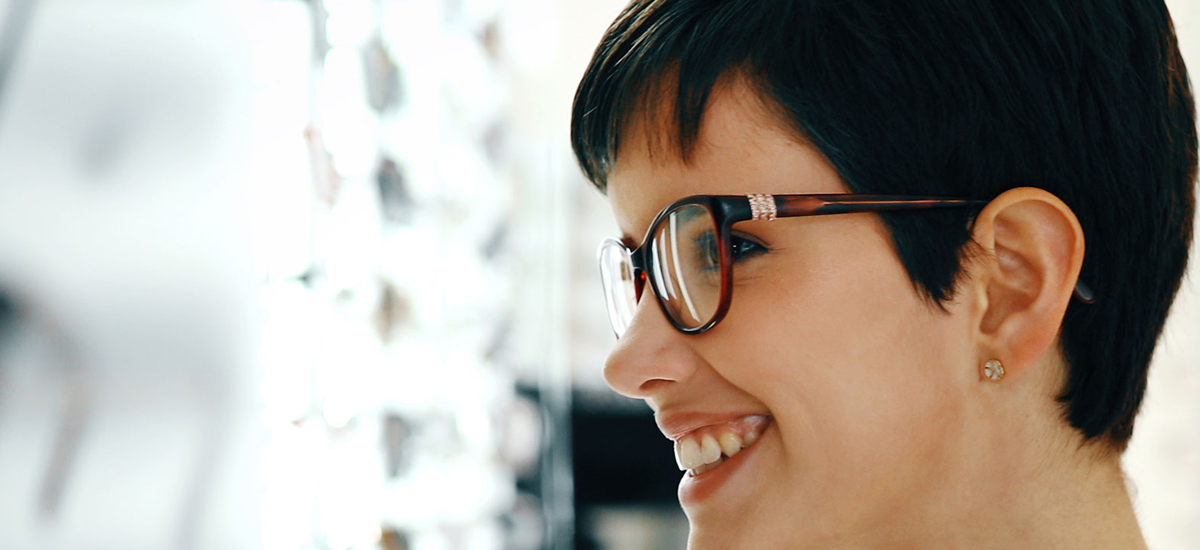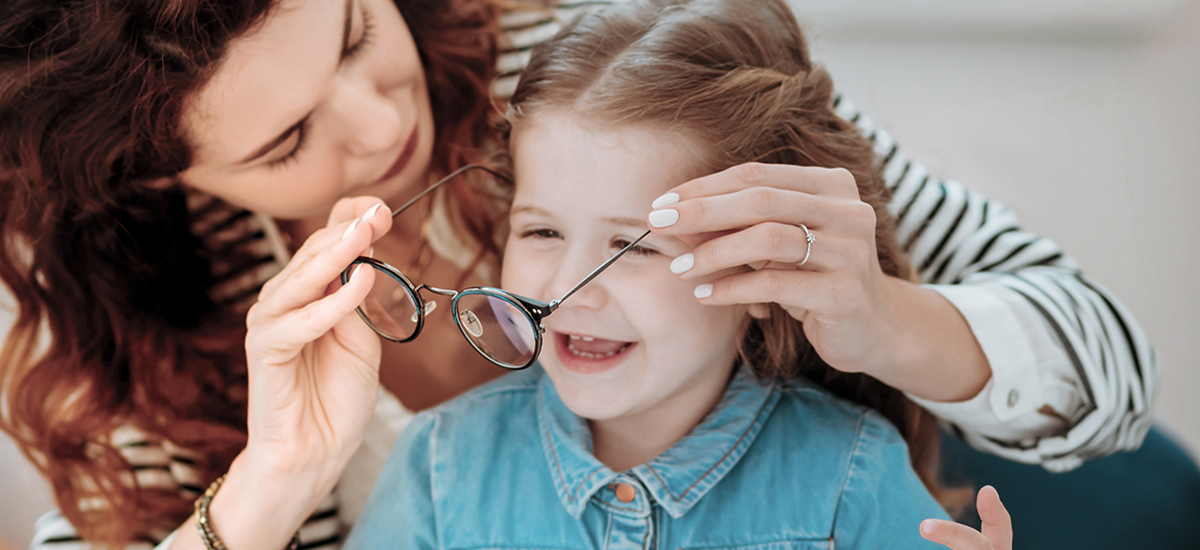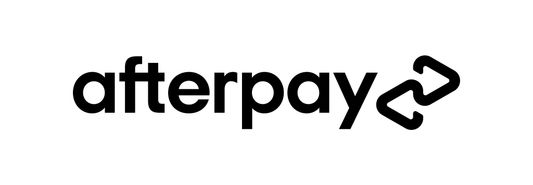What Does 20/30 Vision Mean?

When you think about eyesight, the phrase that often comes to mind is: 20/20 vision. This may be mistaken for “perfect” vision when, in reality, it’s average.
People with 20/20 vision do tend to have great central vision. However, they may have issues with eye coordination, peripheral vision, and understanding how far away objects are. All of these factors play roles in your visual acuity (or how well you see).
20/20 vision is considered a baseline for testing vision. It tells you how your eyesight compares with the average person when tested from 20 feet away with an eye chart. There are many levels of visual acuity beyond 20/20, such as 20/30.
What does 20/30 vision mean, and does it require glasses? Let’s find out.
What does 20/30 vision mean?
At your eye exam, your eye doctor will ask you to identify letters to assess how well you see.
What does 20/30 vision mean? It indicates that you see things from 20 feet away that the majority of people can view at a distance of 30 feet. This means your eyesight is below par, and you might need vision correction.
According to the American Optometric Association (AOA), 20/30 vision can indicate low vision in some cases. If, when you put on your prescription glasses, your visual acuity is between 20/30 to 20/60, you might have some eyesight deterioration.
When do you need glasses for 20/30 vision?
Whether you need glasses for 20/30 vision depends on several factors, such as your vision loss symptoms and refractive errors (e.g., astigmatism, hyperopia, myopia, and presbyopia). Refractive errors can influence your prescription since they can keep your eyes from concentrating light on the right place on the retina.
If you feel like your eyesight is affecting your daily life, it’d be worth it to consider corrective eyewear. In contrast, if your vision isn’t bothering you, then glasses may not be necessary. The best thing to do is to ask your optometrist for their professional opinion.
Undecided about whether prescription lenses are right for you? Ask yourself these questions:
- Am I getting more headaches than normal?
- Do I ever have blurry vision?
- Is it difficult to see at specific distances?
These questions can help you uncover the effects of your refractive errors on your prescription and determine if glasses are worth it.
Summary: What does 20/30 vision look like?
Most people strive for average vision (also called 20/20 vision). So, what does 20/30 vision mean? It’s not far from average, but it’s still lower. It suggests that others see at 30 feet what you see at 20 feet.
Do you need glasses for 20/30 vision? This depends on your eyes and prescription. If your vision is affecting your daily routine, glasses are an excellent option. Corrective eyewear can also benefit you if you have a refractive error, such as astigmatism, by clearing up your vision at various distances.
However, the ultimate say on whether you should get glasses is up to you and your optometrist. Ask questions during your eye exam to find out whether prescription lenses are right for your 20/30 vision prescription.
Book your eye exam at For Eyes
Have you had your annual comprehensive eye exam? Schedule an appointment with an Independent Doctor of Optometry at your local For Eyes.












